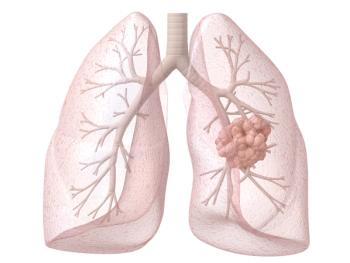
Barriers to Academic Centers for Hispanic Breast Cancer Population

The goal of creating the Hispanic Breast Cancer Clinic at Northwestern Memorial Hospital is to establish a safe space for Hispanic patients, says Claudia Tellez, MD.
Several barriers may prevent Hispanic patients with breast cancer from receiving optimal care at academic institutions such as Northwestern Memorial Hospital, including transportation costs, concerns around language barriers, and navigating a large facility, according to Claudia Tellez, MD.
In an interview with CancerNetwork®, Tellez, a medical oncologist at Robert H. Lurie Comprehensive Cancer Center, Northwestern Memorial Hospital, discussed how her institution sought to create a better space for patients by launching the Hispanic Breast Cancer Clinic at Northwestern Hospital. All faculty working at the clinic are Spanish speakers who place an emphasis on determining patient concerns prior to coming to the clinic. This work is being done with the goal of ensuring that patients have a positive experience, Tellez says.
Transcript:
One of the biggest barriers to having patients come to a place like Northwestern has to do with the fact that patients are really scared to come to a big academic center not knowing if anyone is going to be able to speak their language. [It's] the thought of having an overwhelming diagnosis, going to a very scary place, being fearful of even paying for the parking, not really knowing how you're going to navigate the hallways, and not knowing if you're going to encounter anybody warm and courteous [who will] work with you.
One of the things that we wanted to do was to have the entire time in the clinic be a safe space for the patients. All the people in the clinic are Spanish speakers. We're trying to even communicate with the patients ahead of time to identify what their concerns and their worries are and to address some of the issues that might be a problem for that specific patient. That might be, again, a concern about parking, maybe a concern about paying for a ride; [we want] to try and address those issues to just facilitate and create a better experience for the patients.
Reference
Lurie Cancer Center Hispanic Breast Cancer Clinic at Northwestern Memorial Hospital. Robert H. Lurie Comprehensive Cancer Center of Northwestern University. Accessed November 6, 2023. https://bit.ly/45Vm0kx
Newsletter
Stay up to date on recent advances in the multidisciplinary approach to cancer.



















































































